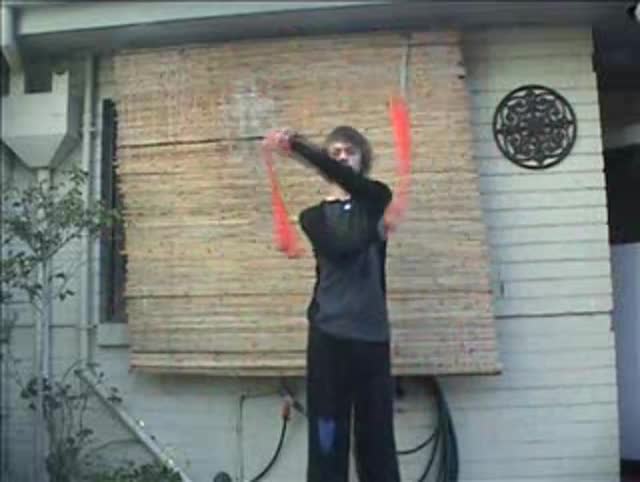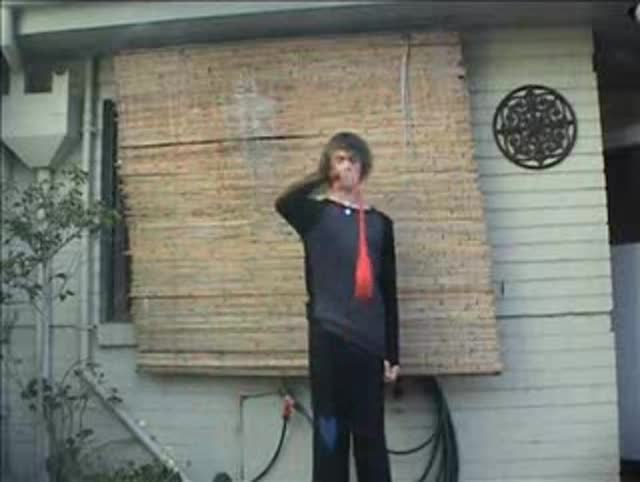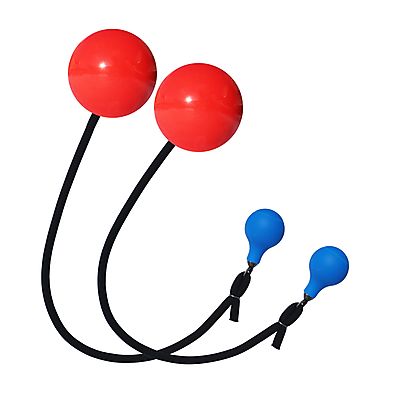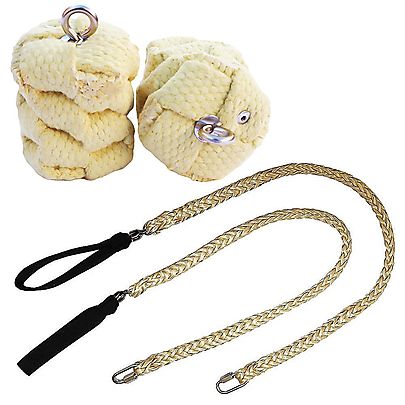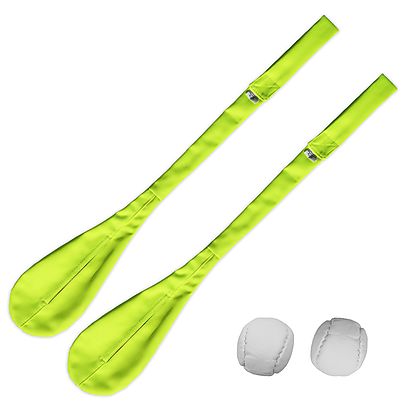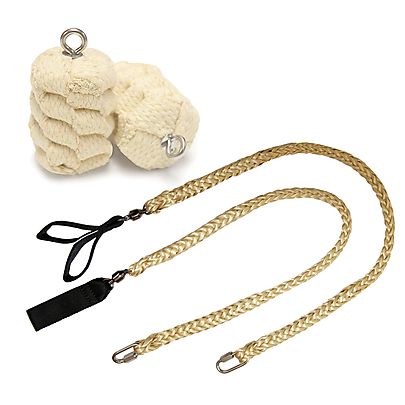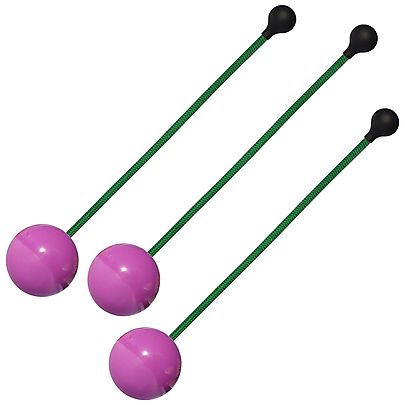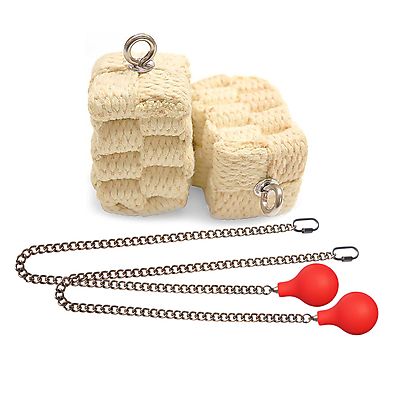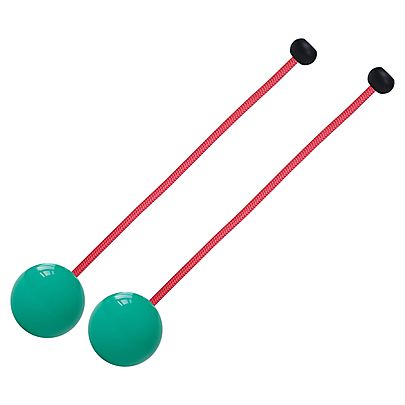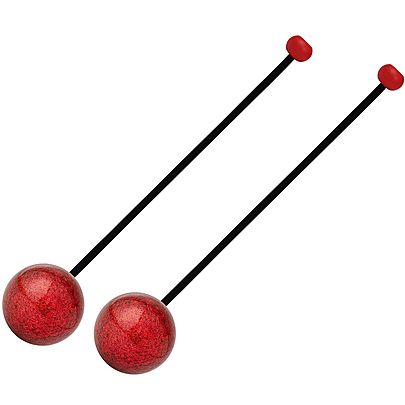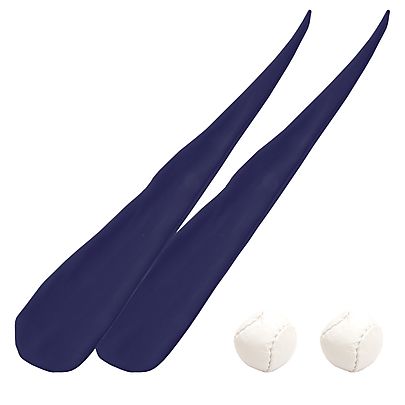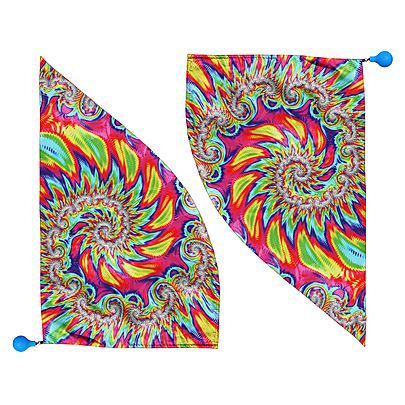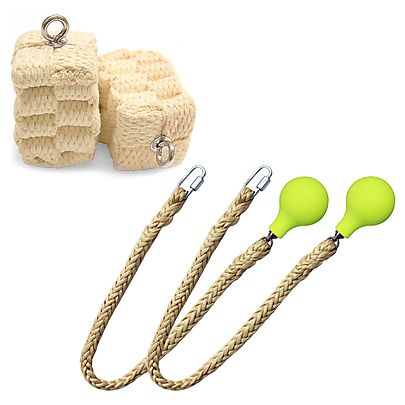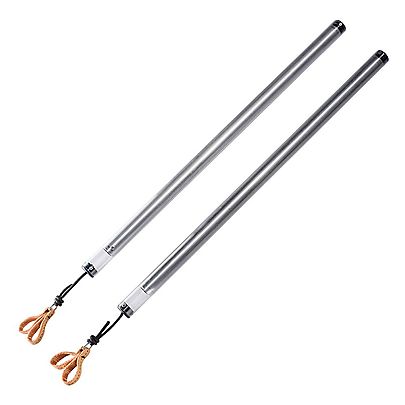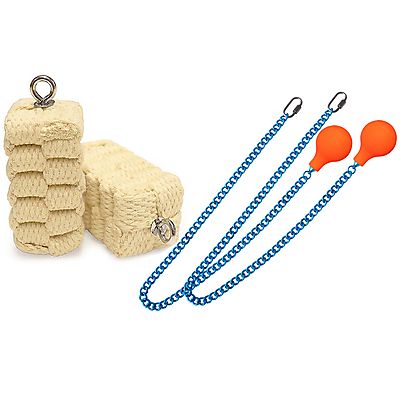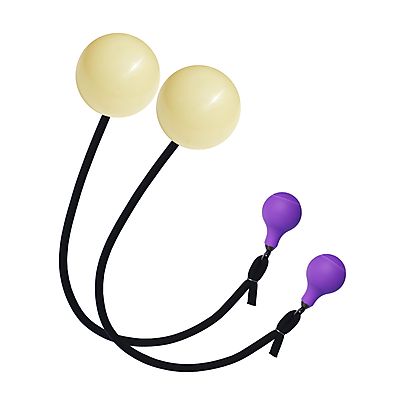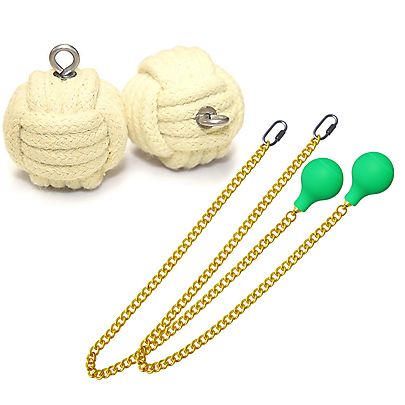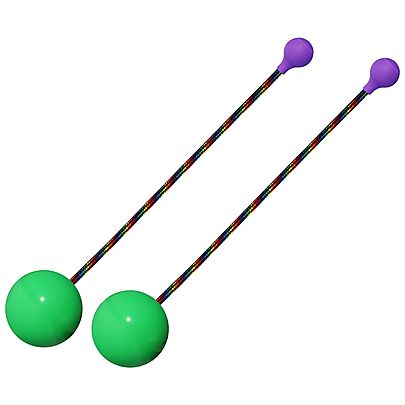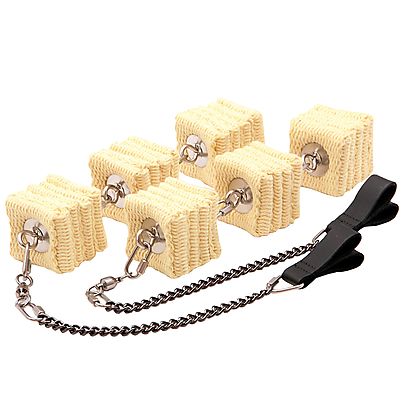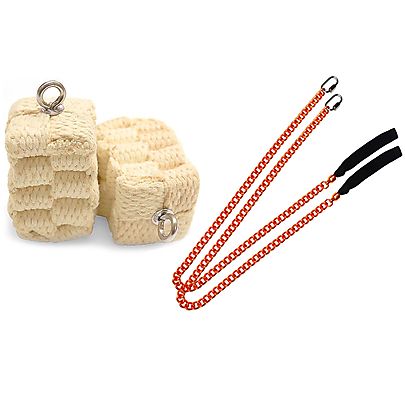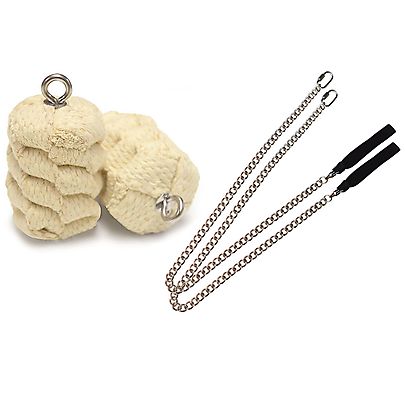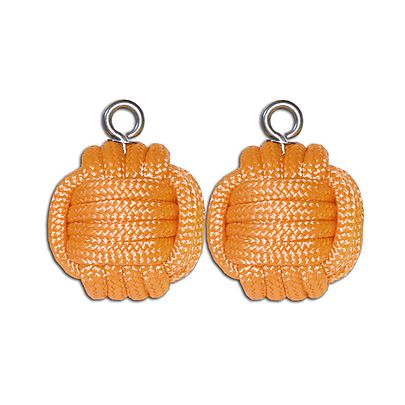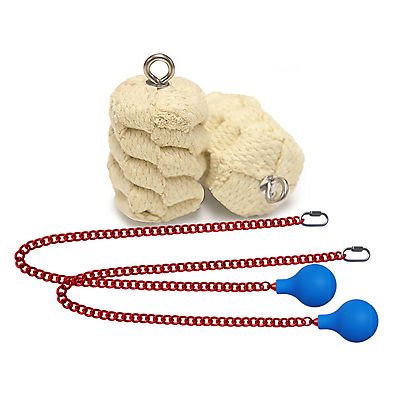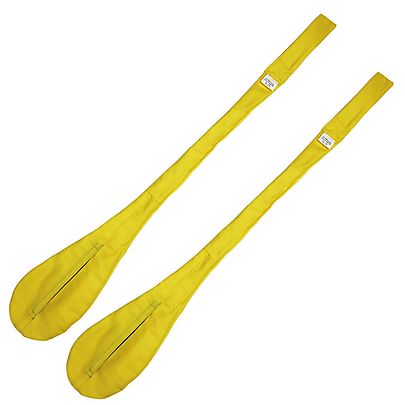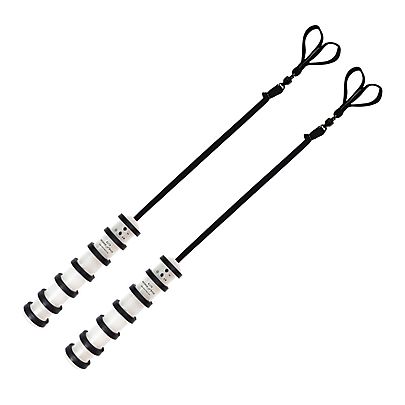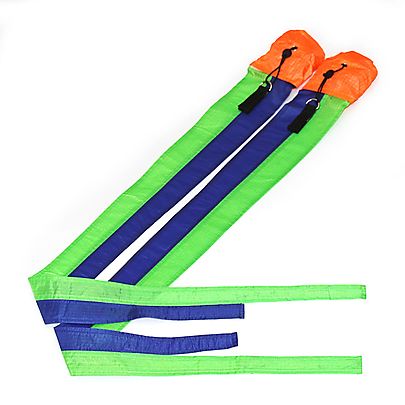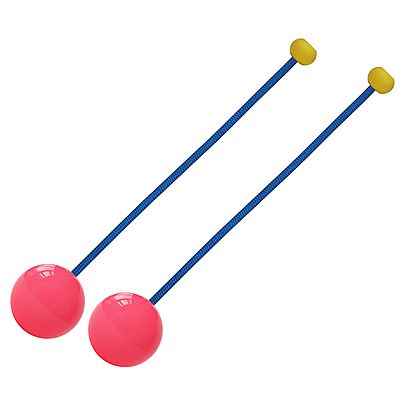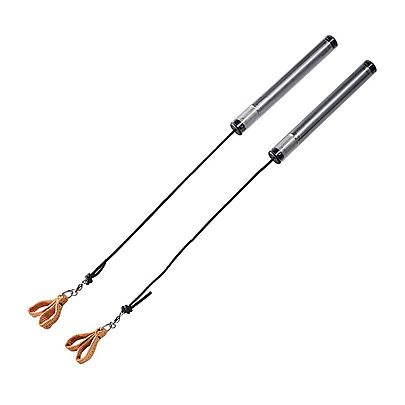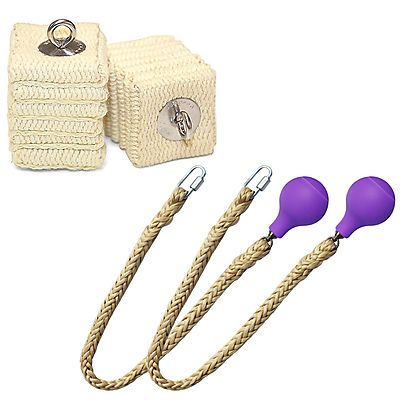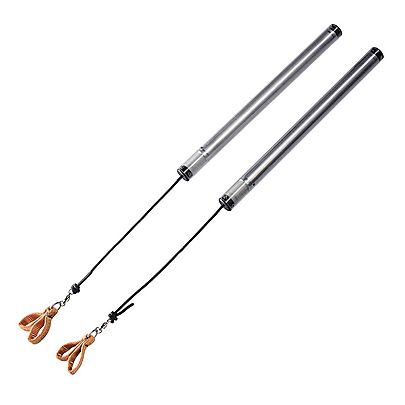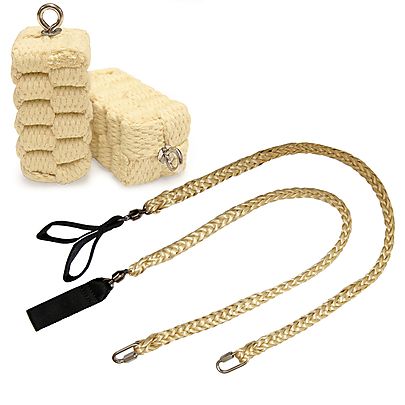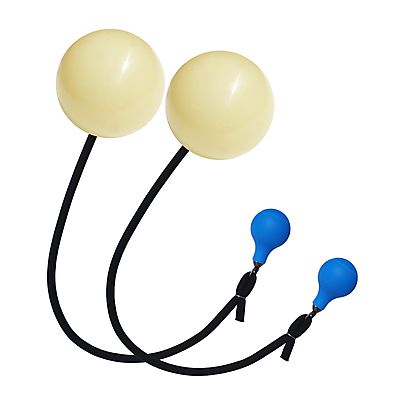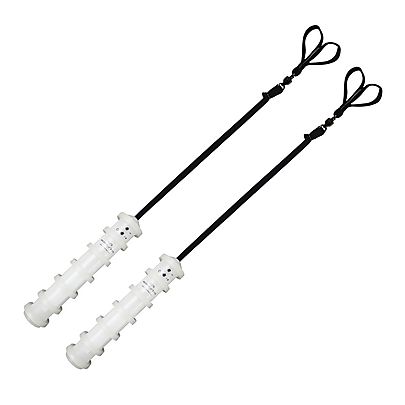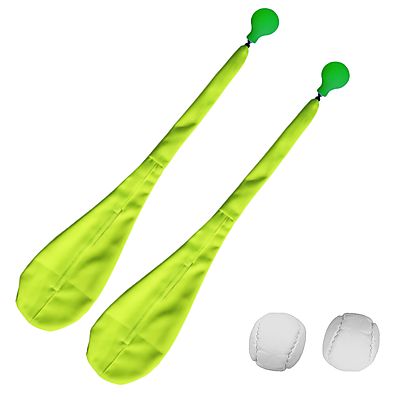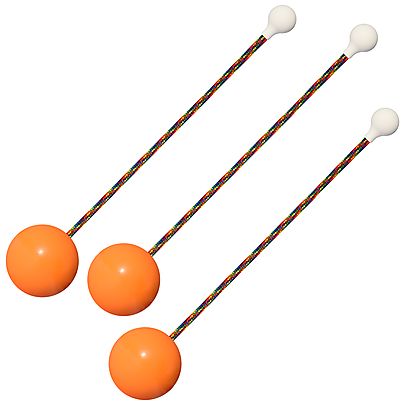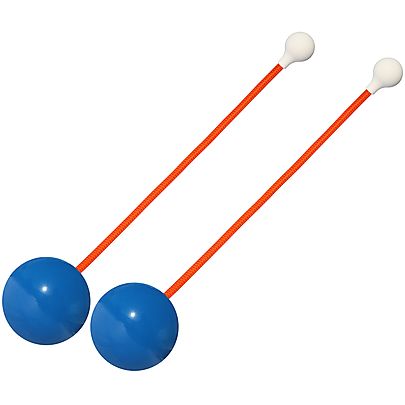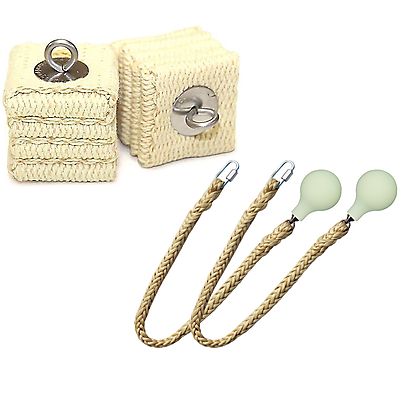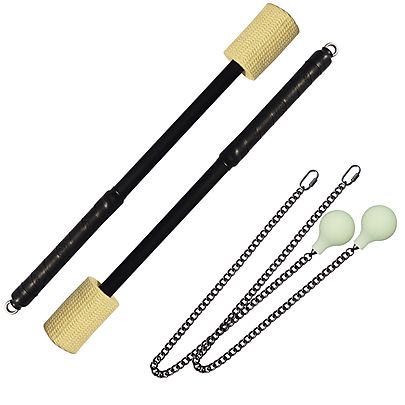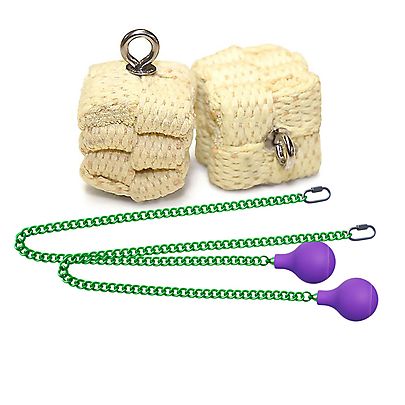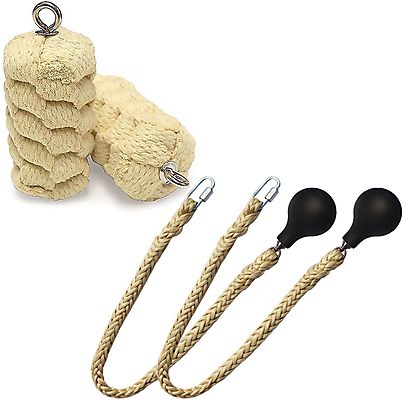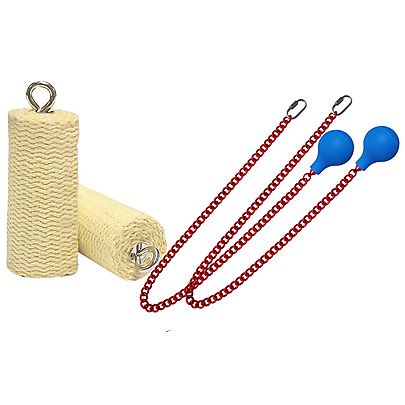Learn Stalls - Basic vertical stalls
- Make someone's day with a Home of Poi Gift Voucher! Email a Gift Voucher now
Poi - Basic vertical stalls
69,730 views Media uploaded by Derek_Faughn on 14 Apr, 2009 Video Downloadpineapple pete
SILVER Member since Sep 2004
Published on 16 Jul, 2007
Done as it looks, the upward stall is usually more difficult than its downward counterpart, but become natural with practice.
It can help to slightly isolate the poi head for part of a rotation before actually stalling the poi.
Didn't help? Try these!
| omadawn Member #80365 Reged: Sep 2008 |
This move is actually done by moving the hand over the Poi while it's on the down stroke like the beginning of an isolation, then following it downwards vertically. The upwards one is done in the same way but on the upwards stroke instead of the downwards. |
| kadimakara Member #104853 Reged: Jan 2010 |
Thankyou for your tutorials Derek! Your explanations are clear and easy to understand. |
| Philly Member #111541 Reged: May 2010 |
does your fiance spin? :P |
| Elusieum Member #115142 Reged: Jul 2010 |
My Poi aren't stretchy at all. They're more like bean bags on string. Do you need to have 'sock poi' or something similar to be able to do proper stalls? Also, is it possible for Poi to be too long? |
| ashnichx3 Member #141912 Reged: Nov 2011 |
You can have any type of Poi and be able to do stalls. It's really a matter of timing, weight, and length. I can execute an upward stall with flowtoys as well as Sock Poi with rice and Sock Poi with tennis balls. |
| AdSound Member #155194 Reged: Jul 2012 |
Dont apologize for being weird!! |
Comments/replies: 6

